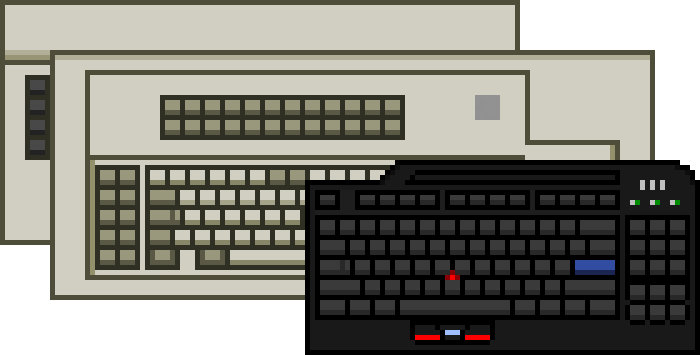P/N CLI0356 - Model M122 Type III Keyboard Details & Specs
Provided by the ASK Keyboard Part Number Database
Unicomp 5250 Terminal 122 for Computer Lab International
| Type | Model M/Model 1A Type III 122-key Converged Keyboard |
|---|---|
| Nickname | Battlecruiser |
| OEMs or ODMs | Unicomp |
| Earliest appearance | |
| Original keycaps | PBT with dye-sublimated legends |
| Cover colour | Pearl White |
| Branding | Computer Lab International logo across lock-light LEDs area blanking plate |
| Feet | Single-setting elongated flip-out feet |
| Connection | Grey coiled-style fixed 6-pin mini-DIN PS/2 cable |
| Number of keys | 122 |
| Form factor | 120% |
| Layout & language | US ISO |
| Additional notes | Keyboard code "I" under CLI's upgrade nomenclature, it's presently unknown if this keyboard uses buckling spring or Quiet Touch rubber dome keyswitches |
| Sources | Web: https:/ Web: https:/ |
| Data last updated |

